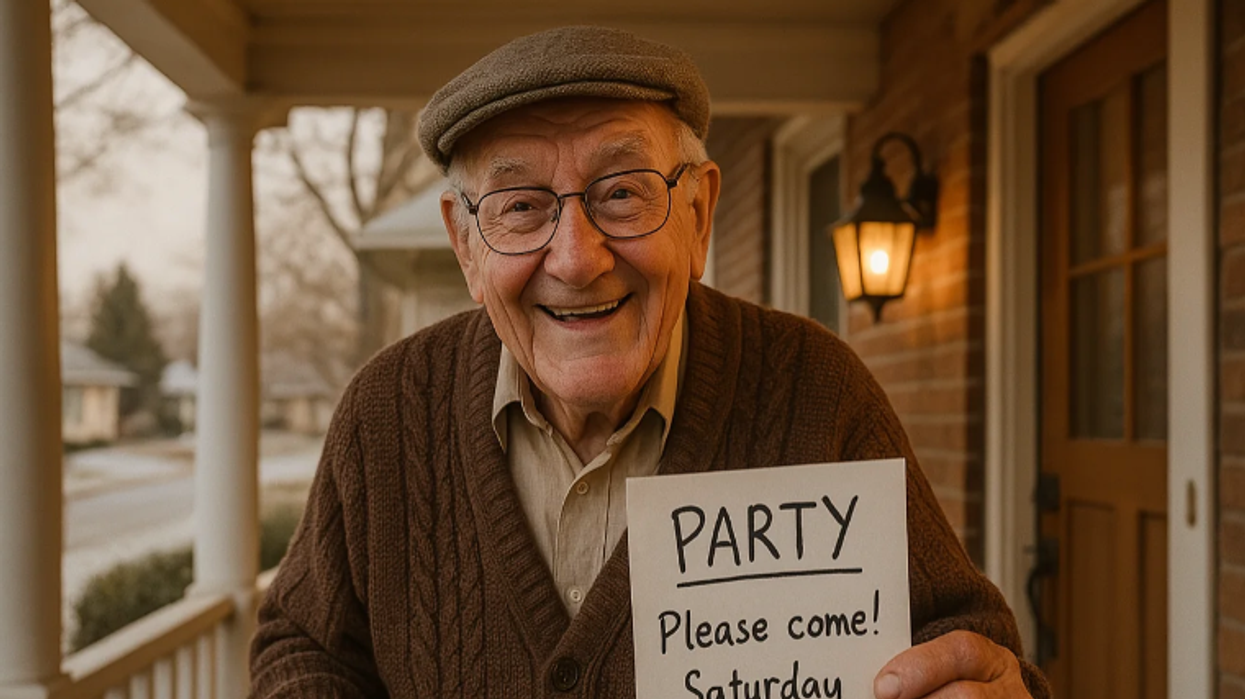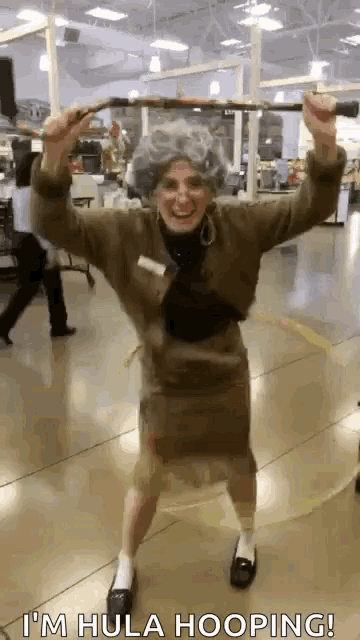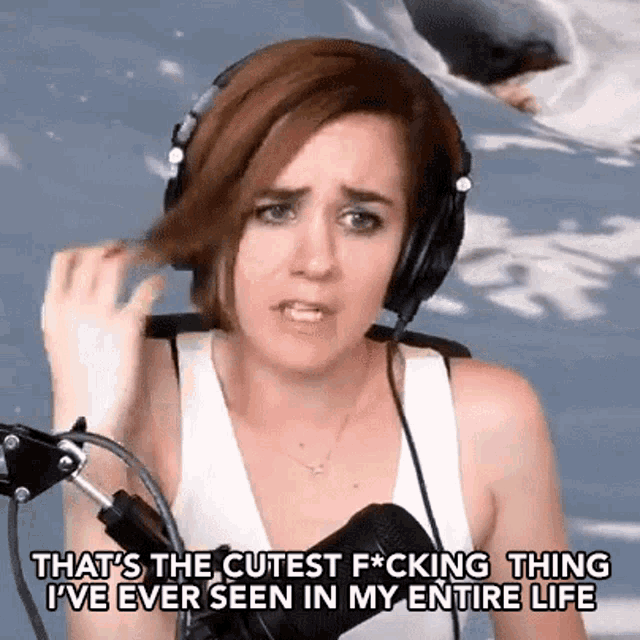Space exploration has always carried great risks, but few tragedies have been as devastating as the Challenger disaster. On January 28, 1986, the STS-51L mission took off from Kennedy Space Center in Florida, carrying seven crew members who had trained for months for their journey into space.
Just 73 seconds after liftoff, the Challenger shuttle disintegrated, taking the lives of everyone on board. The last recorded words from the crew—spoken in the seconds before the explosion—have since become a chilling part of spaceflight history.
A mission filled with hope, cut tragically short
The Challenger crew was made up of Commander Francis R. Scobee, Pilot Michael J. Smith, Mission Specialists Ellison S. Onizuka, Judith A. Resnik, and Ronald E. McNair, and Payload Specialist Gregory B. Jarvis.
Also on board was Christa McAuliffe, a New Hampshire schoolteacher chosen from over 10,000 applicants to be part of NASA's Teacher in Space program. She had trained to teach lessons from space, inspiring students worldwide.
Despite concerns about the unusually cold temperatures at the launch site, NASA proceeded with the mission. No one knew at the time that hidden structural flaws would turn the mission into one of the darkest days in spaceflight history.
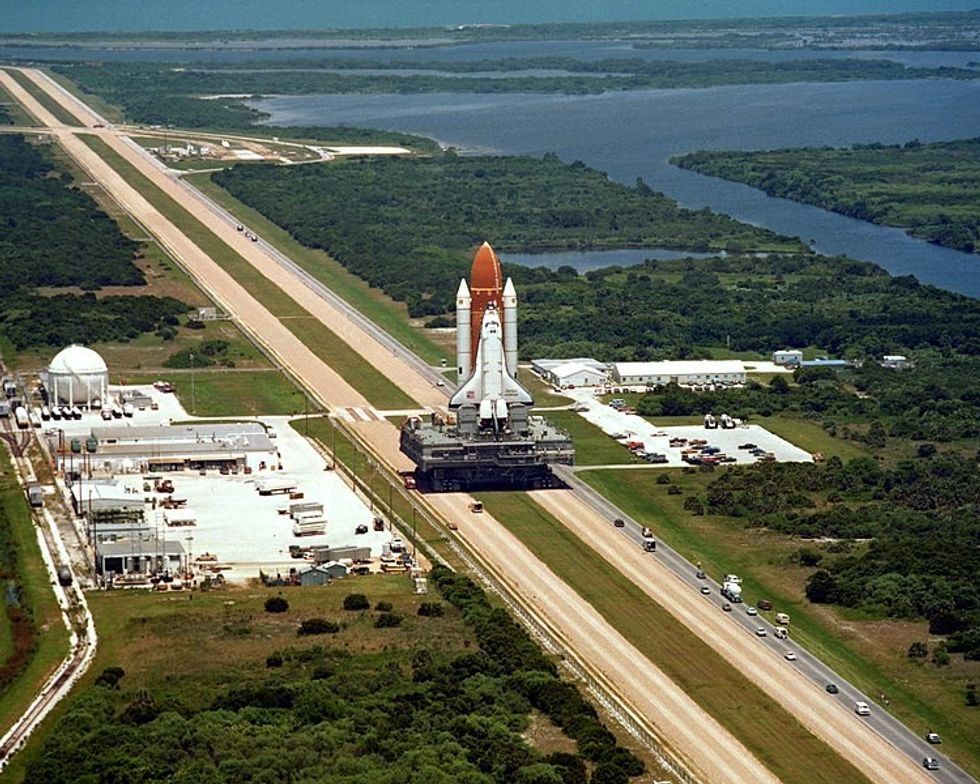
‘Here we go’—The crew’s final moments
NASA later released transcripts from the Challenger’s communication system, revealing the crew’s last words before disaster struck.
The recorder captured their pre-launch conversation, which included both lighthearted banter and technical discussions. As the engines ignited, Pilot Michael J. Smith enthusiastically shouted:
"Here we go. Go! You Mother."
As the shuttle gained altitude, Smith noted the strong winds, saying:
"Looks like we’ve got a lotta wind here today."
Commander Francis R. Scobee replied:
"Yeah. It’s a little hard to see out my window here."
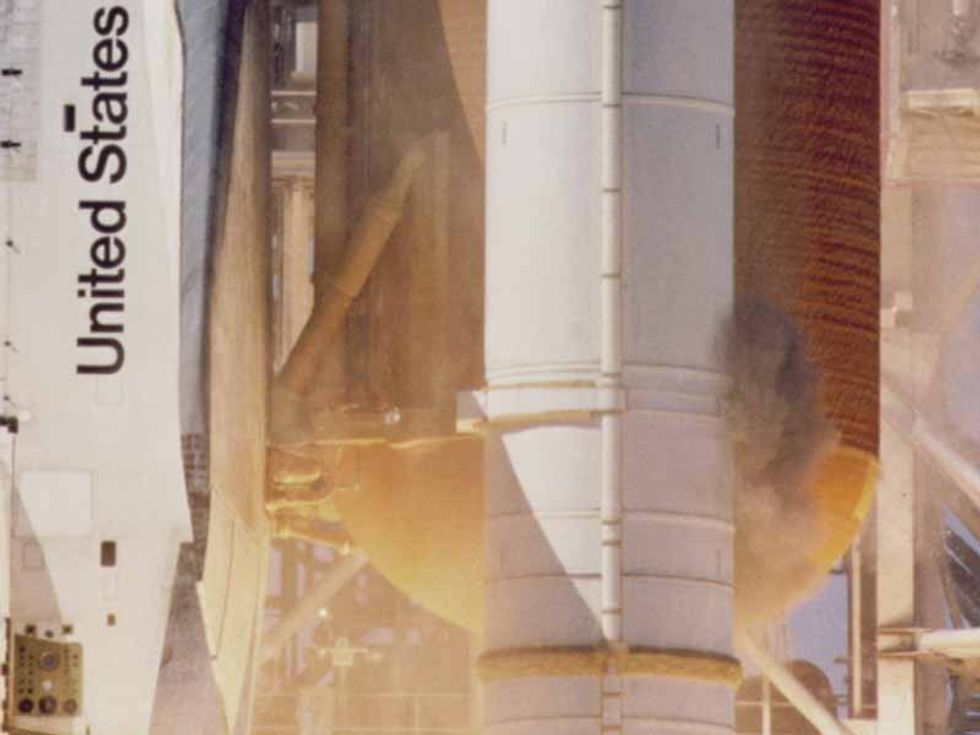
The final transmission: ‘Uh oh’
As the Challenger soared past 35,000 feet, the crew continued checking airspeed and altitude. Then, Scobee radioed mission control with a routine call:
"Roger, go at throttle up."
Seconds later, disaster struck.
Smith, likely realizing something was terribly wrong, uttered the last recorded words from the Challenger crew:
"Uh oh."
Moments later, NASA lost all contact, and millions watching the live broadcast saw the shuttle explode in the sky.
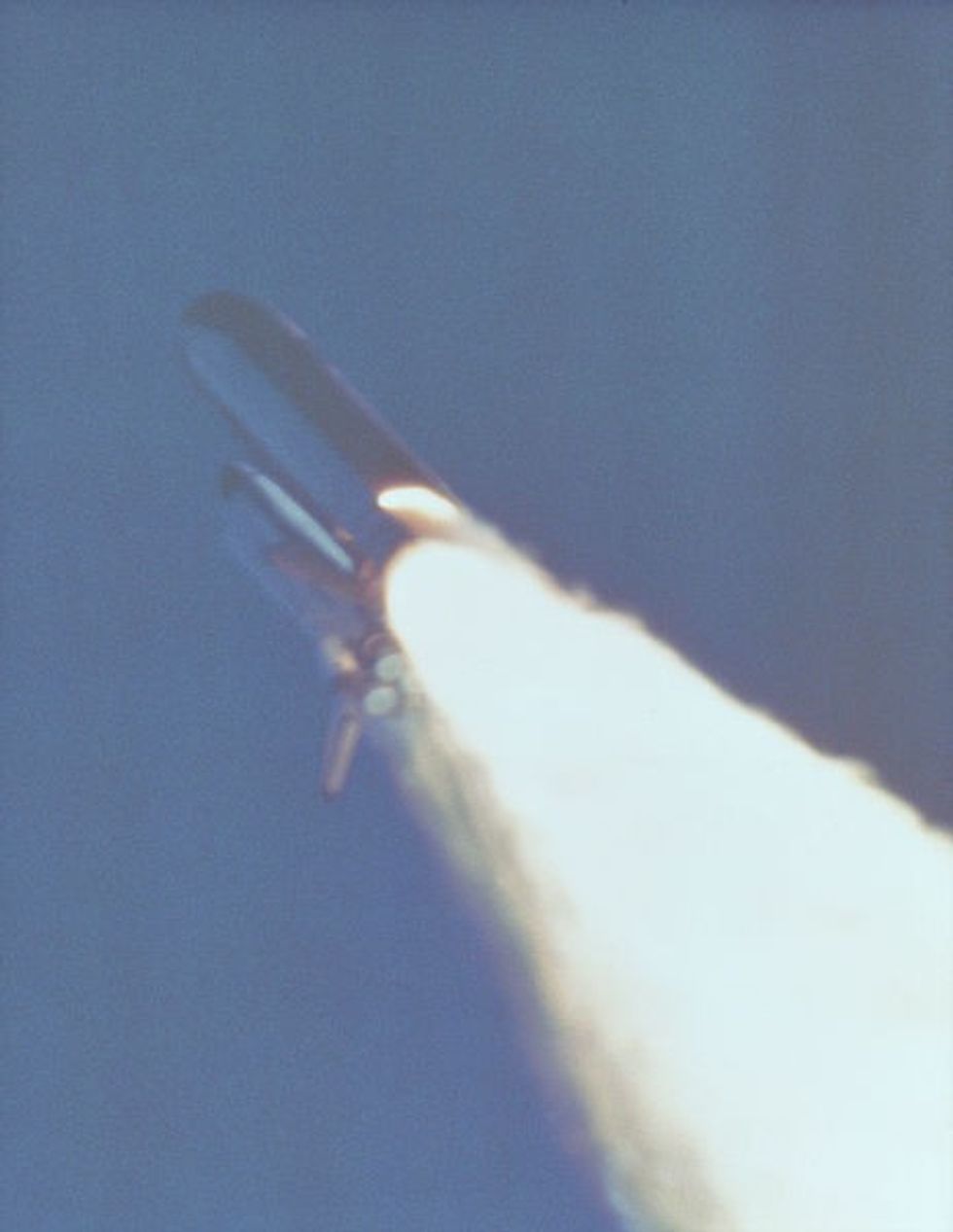
What went wrong? The preventable cause of disaster
The Challenger explosion was later determined to be caused by the failure of the O-ring seals in the solid rocket boosters.
Despite warnings from engineers that the freezing temperatures could cause O-ring failure, NASA managers proceeded with the launch. This decision ultimately cost seven lives.
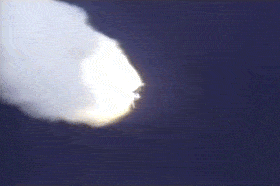
Remembering the Challenger crew
The loss of Challenger remains one of NASA’s most painful moments, but the legacy of the crew members lives on.
McAuliffe’s mission to inspire students continues through educational programs in her honor, and NASA has taken significant steps to improve spaceflight safety in the years since.
- YouTube www.youtube.com





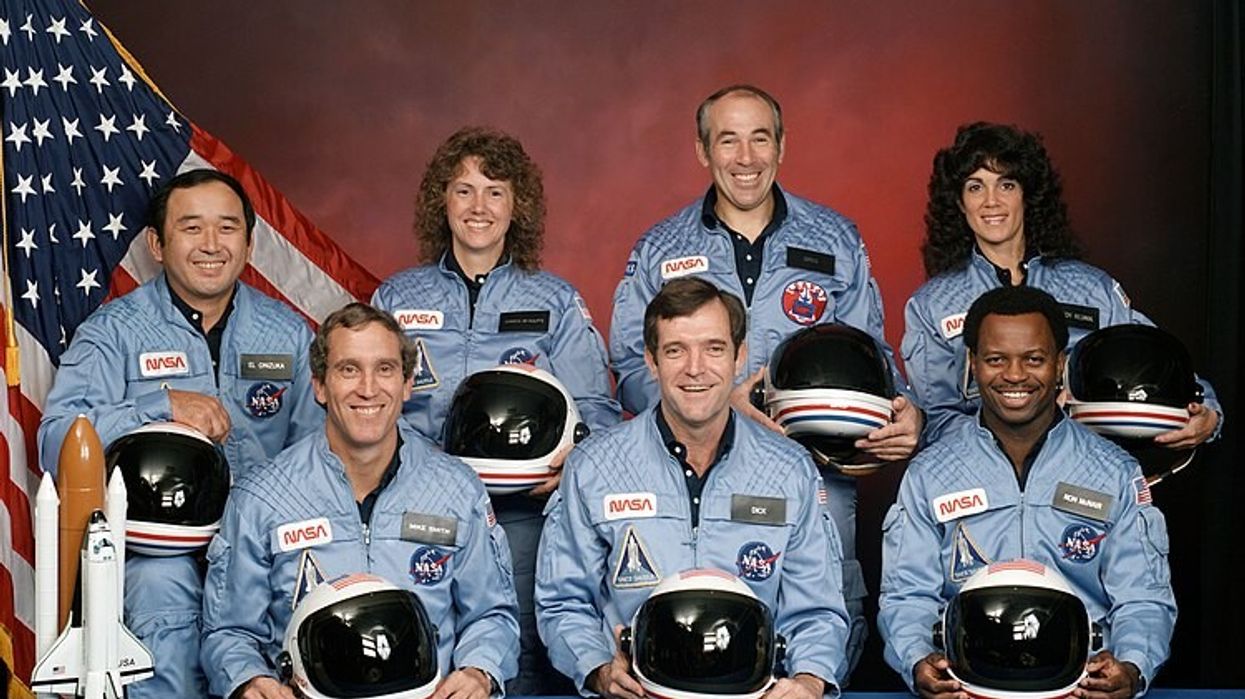

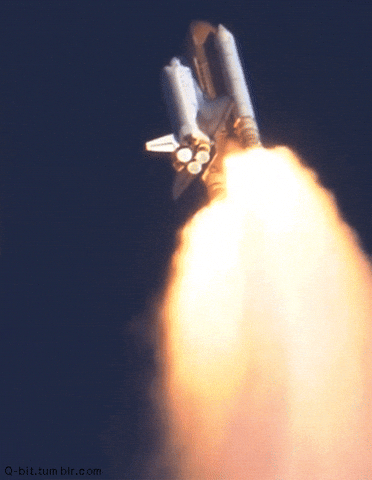
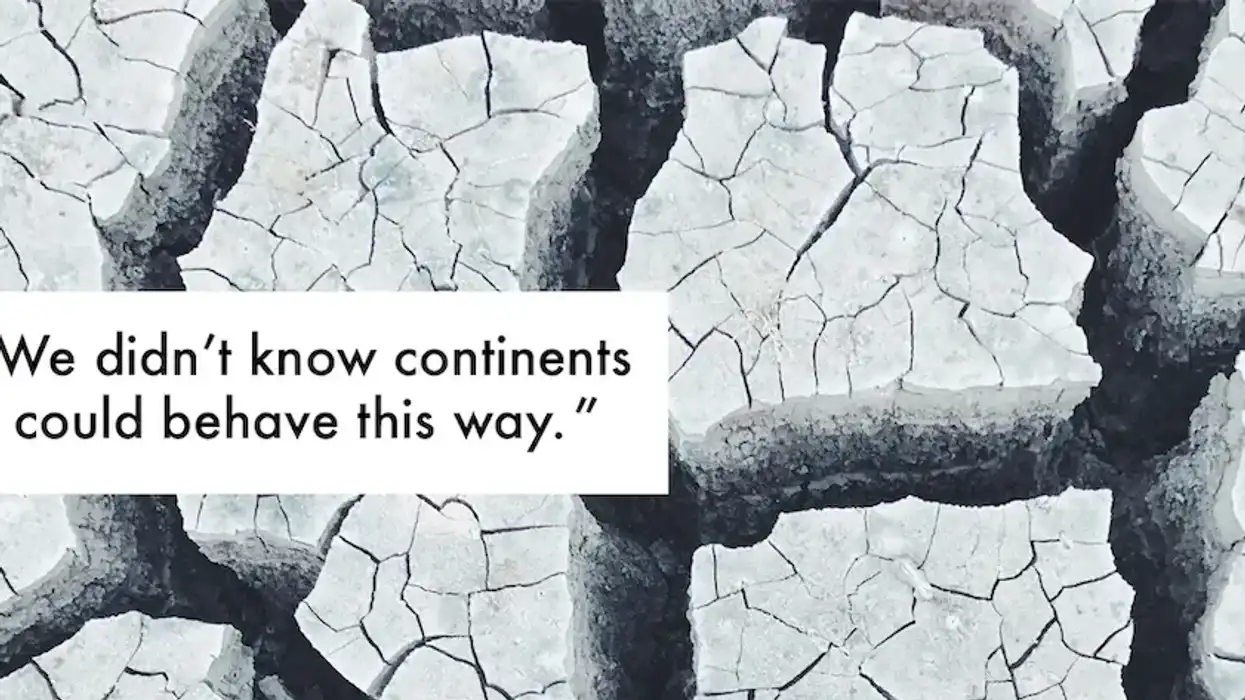
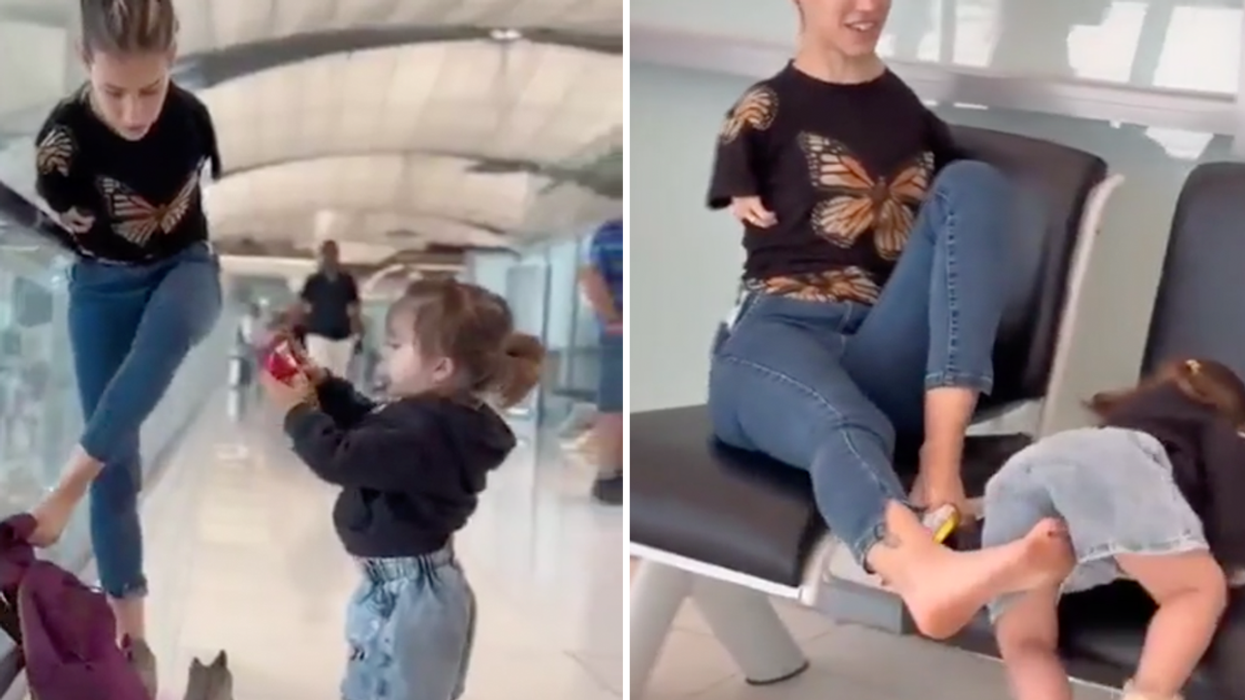

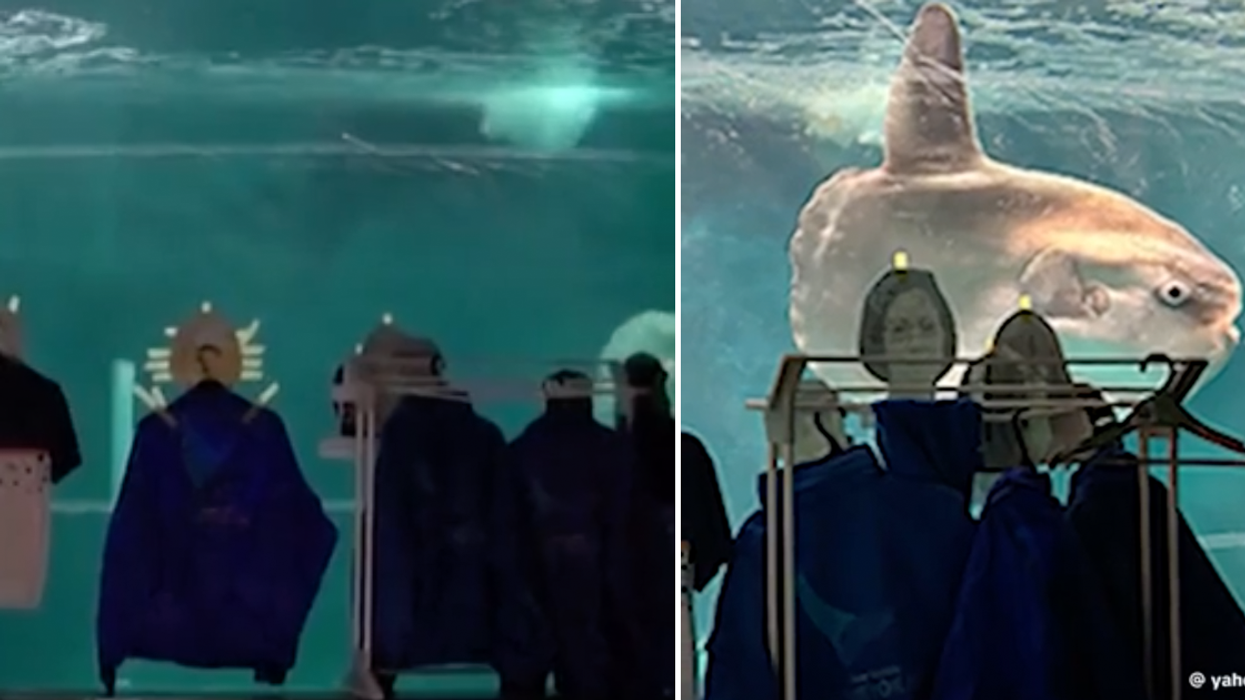
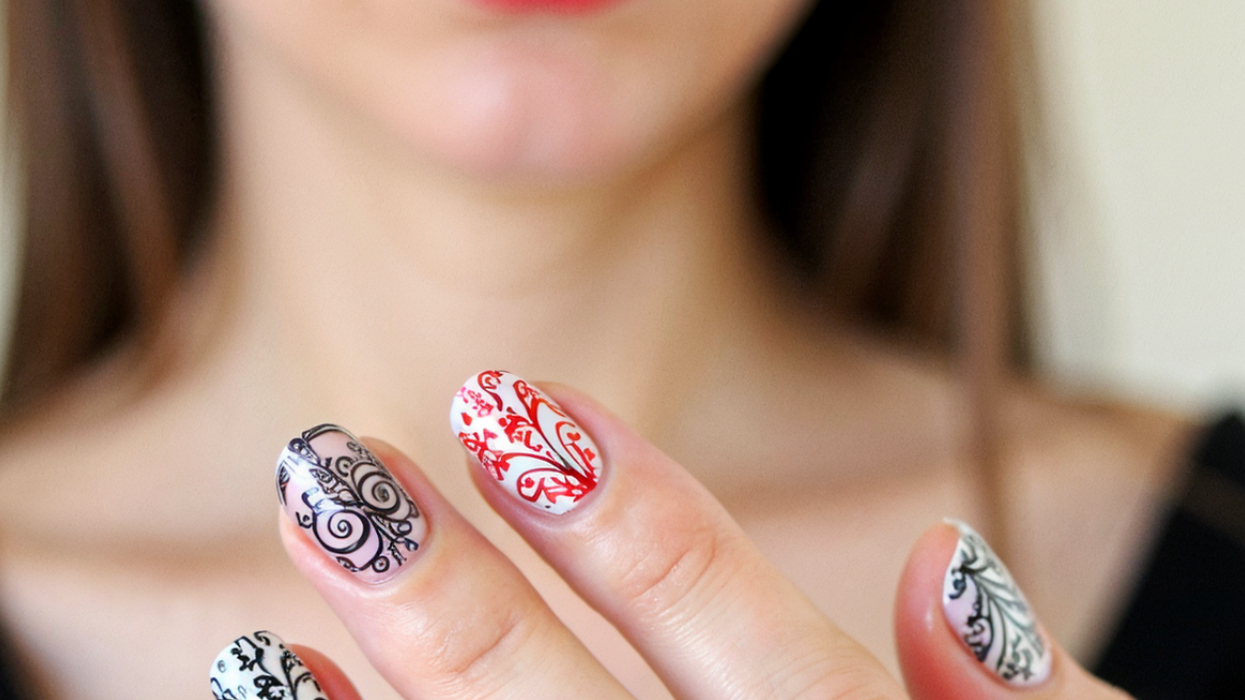
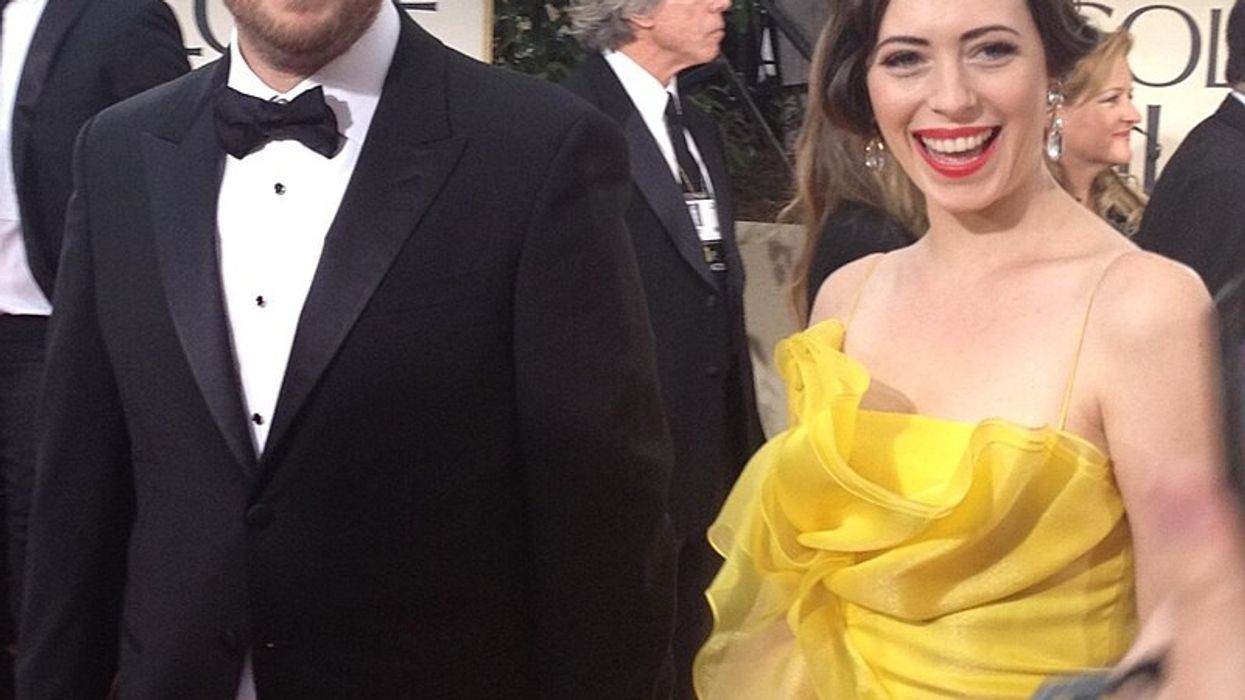
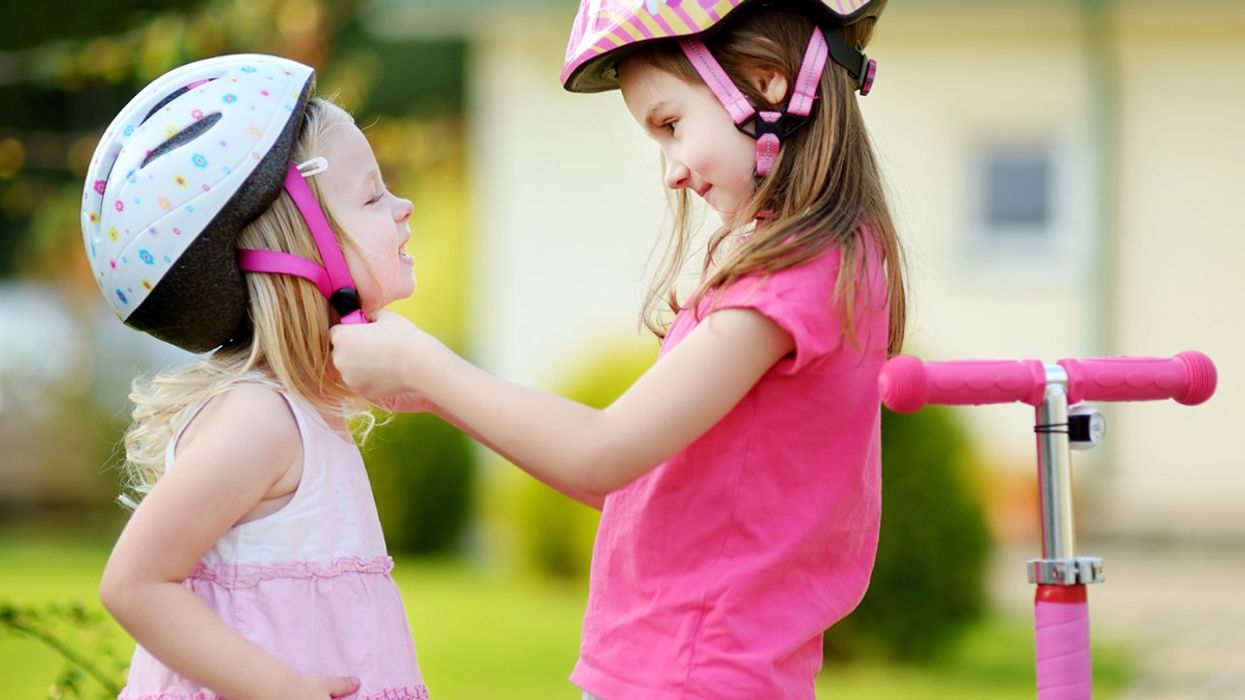





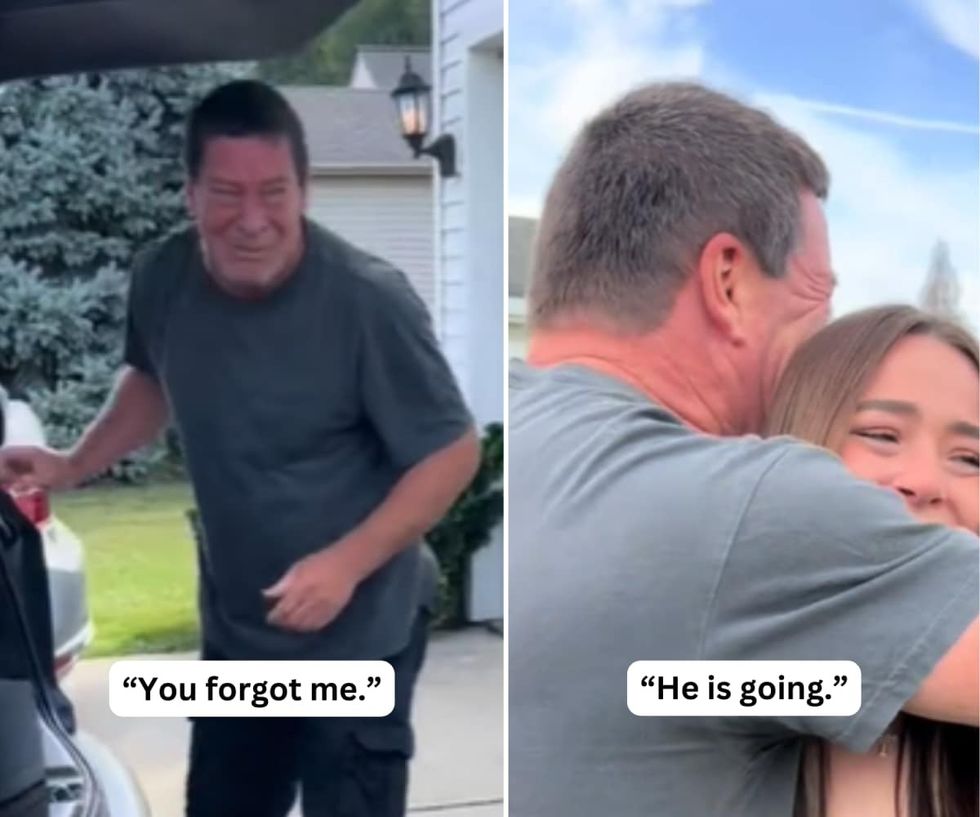
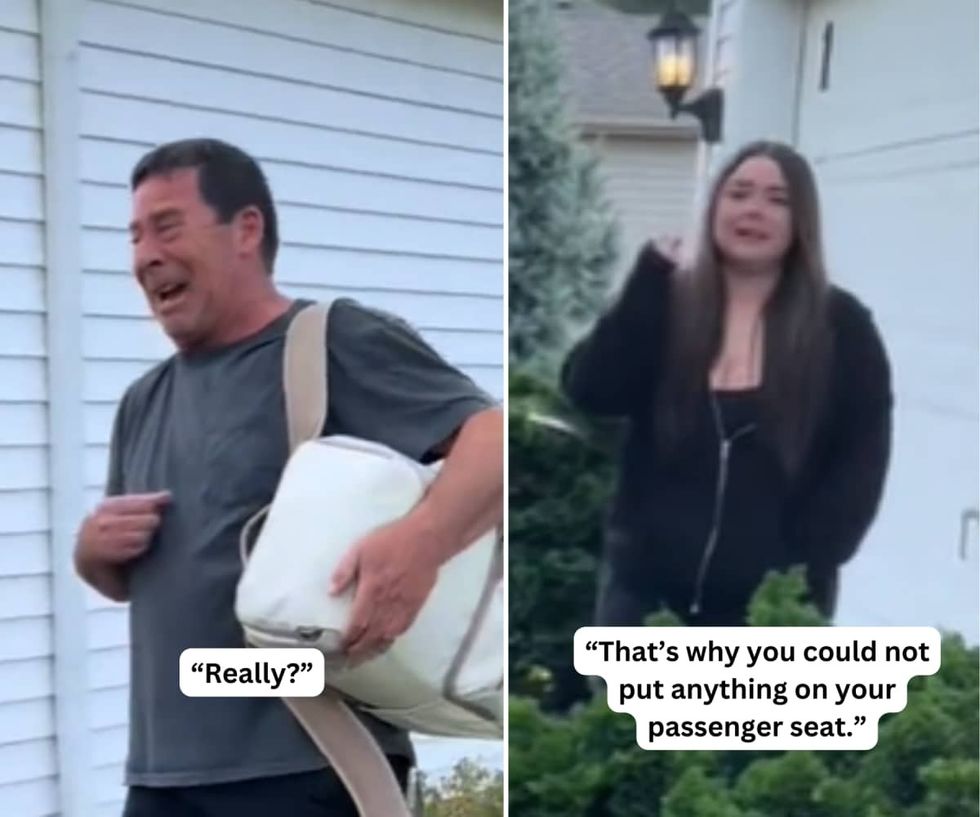
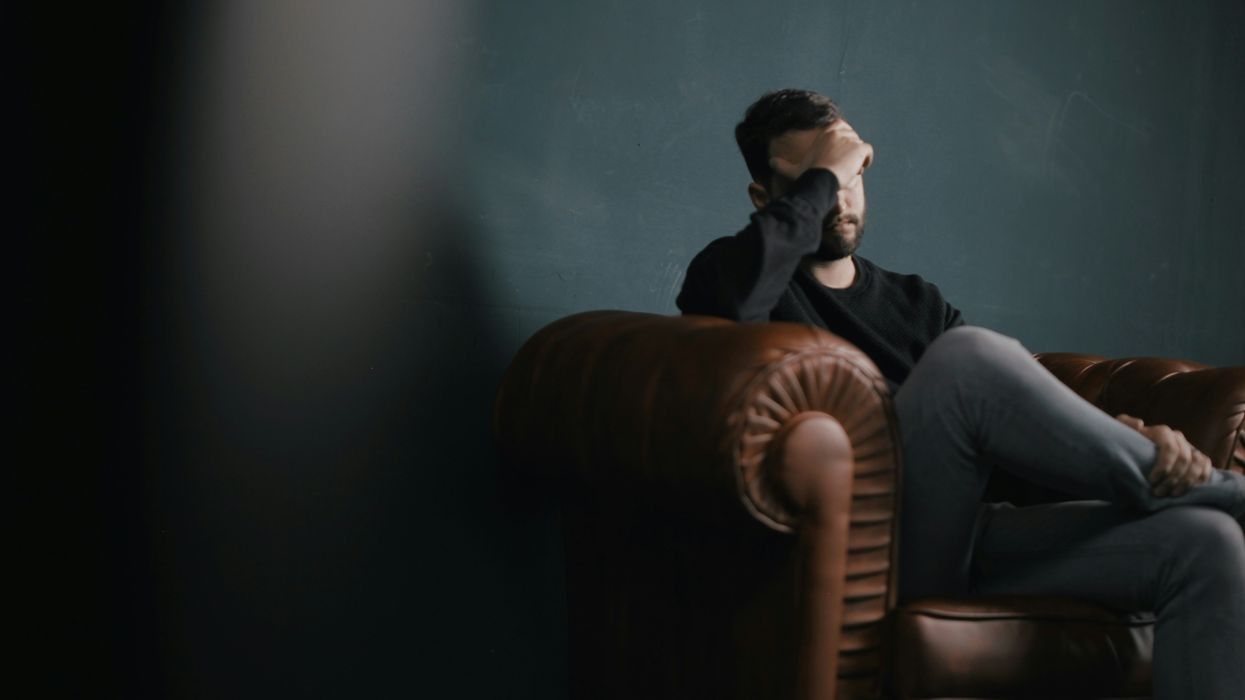



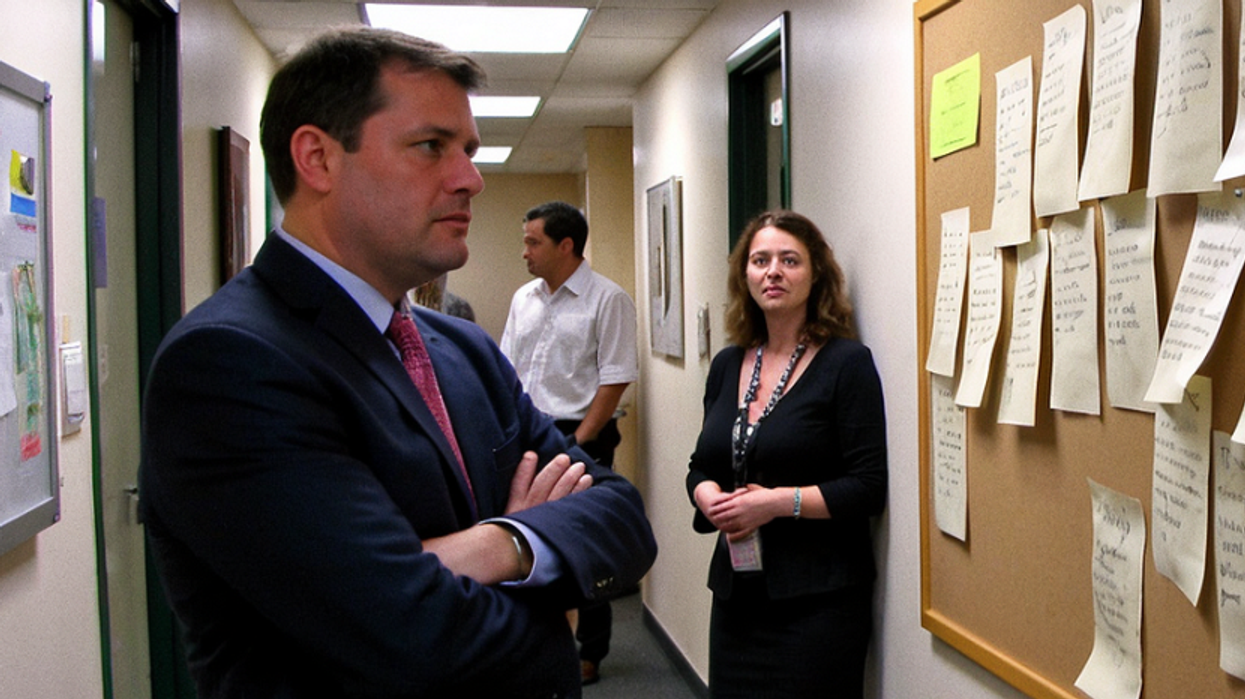
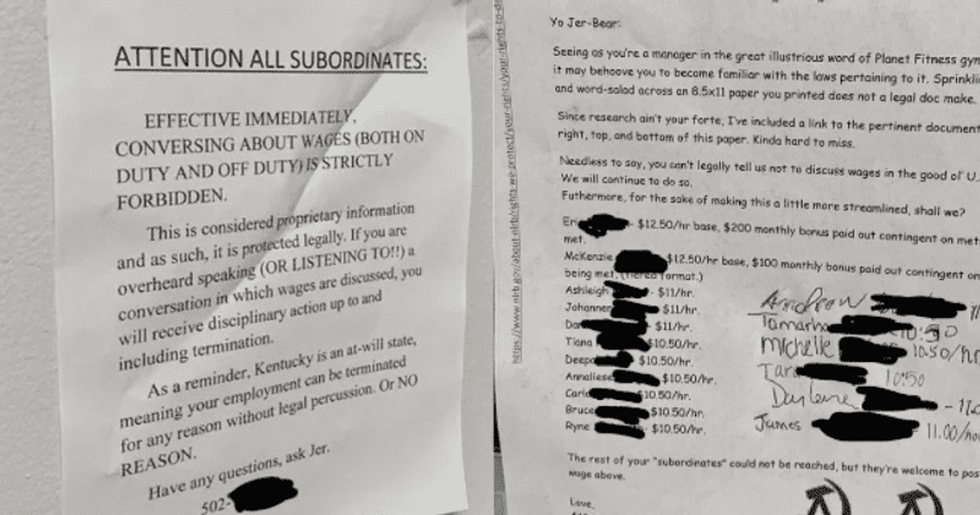 Image Source: Joshua Potash | Reddit
Image Source: Joshua Potash | Reddit 

